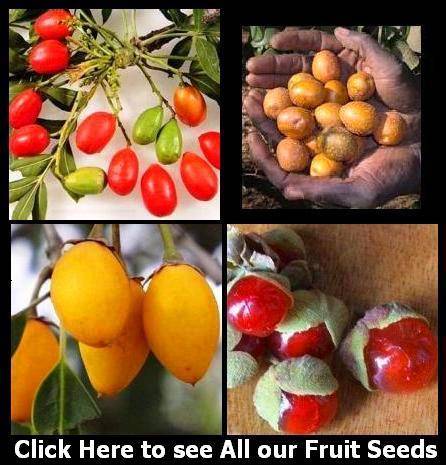Common Names: num-num; noemnoem

The genus Carissa consists of evergreen shrubs and trees, with handsome, glossy foliage and fragrant, starry-white, jasmine-like flowers. Ornamental and edible, scarlet to crimson oval fruits are produced after flowering. Carissas are attractive, ornamental shrubs and make excellent hedges. In late summer, local inhabitants along the coastal areas of KwaZulu-Natal often sell the fruit to travellers, especially Carissa macrocarpa, big num-num (Eng.), grootnoemnoem (Afr.), Amantungulu (Zulu). C. bispinosa, however, with much smaller leaves, flowers and fruit, does not have to take a back seat as far as the taste of the fruit is concerned!
 This species is only occasionally tree-like (up to 5 m) and is more often a dense bush or rambling shrub in wooded spots or scrub. It is evergreen and twiggy, the branches exhibiting a repeated forked pattern. The plants contain a milky sap and the branches are often hairy. Spines are once- or twice-forked, rarely single, and are sometimes even absent. Leaves are opposite, simple, shortly petiolate, ovate, broadly ovate or ovate-elliptic, with a smooth margin, glossy dark green above, paler below, with short, thorn-like tips (heart-shaped tapering to a sharp point).
This species is only occasionally tree-like (up to 5 m) and is more often a dense bush or rambling shrub in wooded spots or scrub. It is evergreen and twiggy, the branches exhibiting a repeated forked pattern. The plants contain a milky sap and the branches are often hairy. Spines are once- or twice-forked, rarely single, and are sometimes even absent. Leaves are opposite, simple, shortly petiolate, ovate, broadly ovate or ovate-elliptic, with a smooth margin, glossy dark green above, paler below, with short, thorn-like tips (heart-shaped tapering to a sharp point).
Flowers are small, white or tinged pink, with a long, slender corolla tube, sweetly scented and clustered at the tips of twigs. Fruit are small, ovoid, edible, red berries. The whole fruit, including the seed, is edible and although the skin is slightly milky, it has a delicious flavour. It is not uncommon to find fruit and flowers on the same plant.
 Plants produce attractive flowers that may attract birds, insects (especially butterflies) and even monkeys to your garden. Young plants need to be sheltered from cold for the first years as a precaution. The plants need moderate watering and grow in semi-shade to full sun. They are excellent for windy areas as the plants are wind-resistant. Plants are moderately drought-resistant but rather frost-tender and therefore best suited to the warmer parts of the interior and coastal plains as they are very tolerant of sea breezes. Num-nums can also form a focal point with their ornamental foliage, flowers and fruit. Natural environments with frequent fire regimes result in low-growing forms. These plants have cultivation potential for use as borders in formal gardens. This species can also be used to provide neat hedges in parking areas. Traditionally, the plants are not only used for the edible fruit but the berries are also used to make jams and jellies. The indigenous people even use the roots to treat toothache. Carissa bispinosa is also used in an annual Swazi ceremony,
Plants produce attractive flowers that may attract birds, insects (especially butterflies) and even monkeys to your garden. Young plants need to be sheltered from cold for the first years as a precaution. The plants need moderate watering and grow in semi-shade to full sun. They are excellent for windy areas as the plants are wind-resistant. Plants are moderately drought-resistant but rather frost-tender and therefore best suited to the warmer parts of the interior and coastal plains as they are very tolerant of sea breezes. Num-nums can also form a focal point with their ornamental foliage, flowers and fruit. Natural environments with frequent fire regimes result in low-growing forms. These plants have cultivation potential for use as borders in formal gardens. This species can also be used to provide neat hedges in parking areas. Traditionally, the plants are not only used for the edible fruit but the berries are also used to make jams and jellies. The indigenous people even use the roots to treat toothache. Carissa bispinosa is also used in an annual Swazi ceremony,  increasing the courage and ferocity of a black bull when Swazi warriors have to be tested by killing the bull with their bare hands.
increasing the courage and ferocity of a black bull when Swazi warriors have to be tested by killing the bull with their bare hands.
You're buying a pack of 10 Seeds
We'll supply you with all the germination & care instructions.



